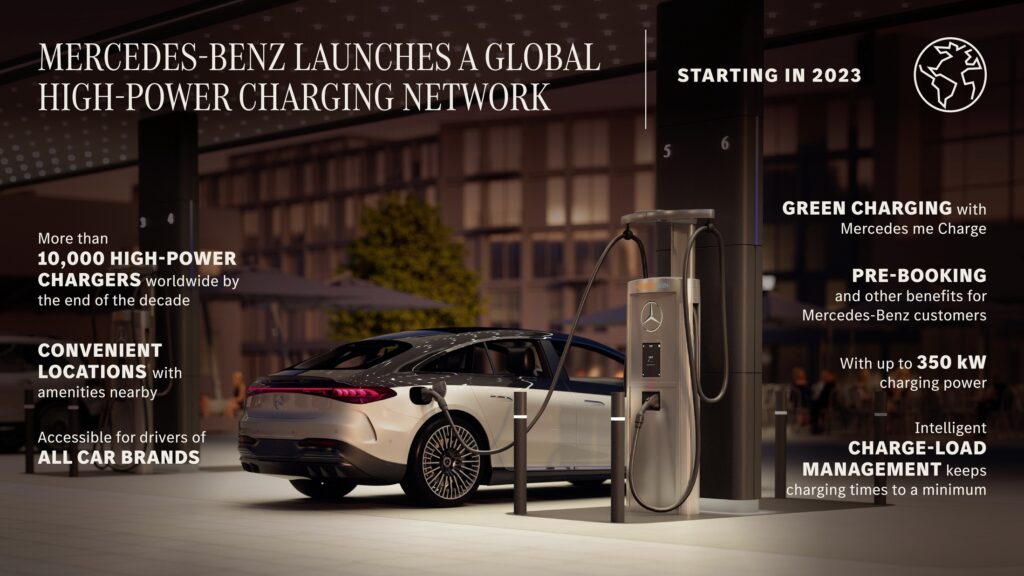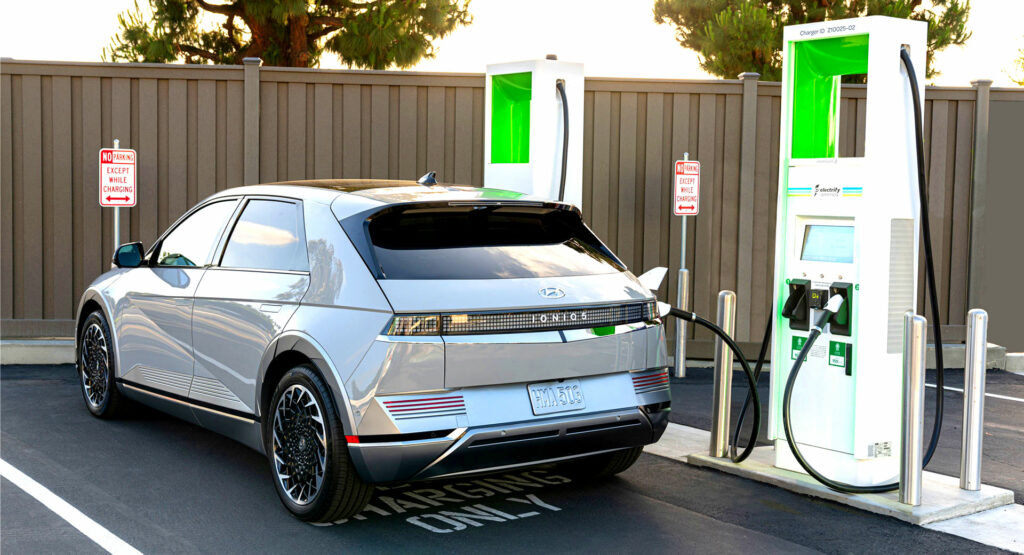The U.S. needs to quadruple the number of EV chargers in the country by 2025 to ensure the infrastructure keeps pace with the growth of the EV market, a new report warns.
S&P Global Mobility’s data shows there are 1.9 million EVs in use in the U.S. today, which accounts for only 0.1 percent of the vehicles on the road. But the organization predicts that the number of EVs could swell to 7.8 million by 2025, and might reach 28.3 million by the end of the decade.
And even if the majority of drivers charge at home that’s still going to create colossal demand for publicly available charging points. S&P Global Mobility estimates there are about 126,500 Level 2 and 20,431 Level 3 charging stations today, plus another 16,822 Tesla Superchargers and destination chargers. But it thinks America will need 1.2 million Level 2 chargers by 2025 (a near-tenfold increase) and 109,000 Level 3 chargers.
Looking even further forward to 2030 – and remembering that 28.3 million EVs prediction – the analysts say we’ll need to have 2.13 million Level 2, and 172,000 Level 3 chargers. Level 2 chargers are the medium-speed chargers you regularly see at retail outlets and need around five hours to charge an EV, while Level 3 chargers are their faster brothers that are always used when automakers quote their blazing fast 20-minute charge times.
Related: Mercedes To Launch Global Charging Network Open To All Brands Starting In North America

If there’s an encouraging angle to this grim picture of unpreparedness it’s that more chargers were installed during 2022 than in the previous three years combined. But still, an additional 54,000 Level 2 and 10,000 Level 2 isn’t going to save the day. There’s plenty of work to do, but the U.S. government has set aside $5 billion over five years to help fund a charging infrastructure and Mercedes recently announced that it would be rolling out a global network of charging stations, and would kick the project off in the U.S. this year.
One issue S&P Global Mobility highlighted is that demand for chargers won’t develop at the same speed in every state.
“In states following the California Air Resources Board’s path to zero-emissions vehicle (ZEV) sales, the faster growth of consumer demand will push private investment and more rapid charging infrastructure deployment,” explained analyst Ian McIlravey, before suggesting that development in other states might need a nudge from public-private investment.




